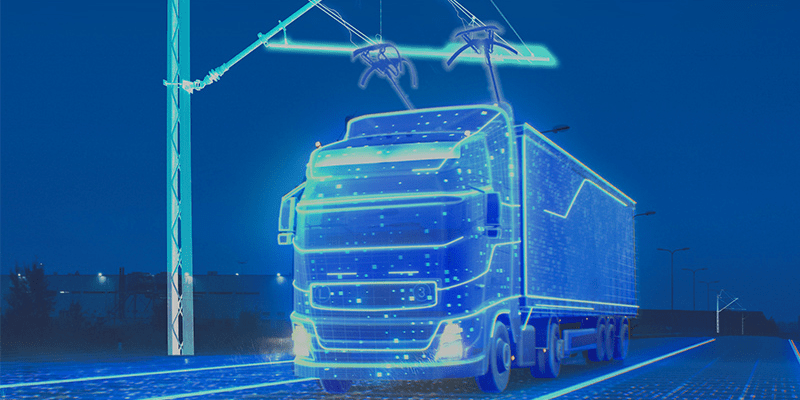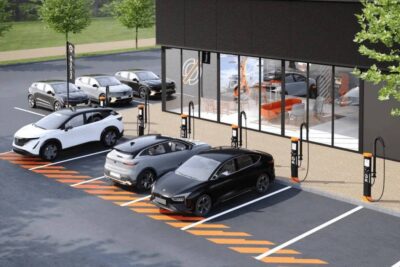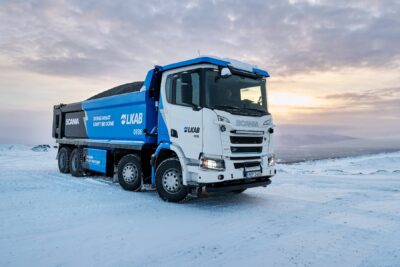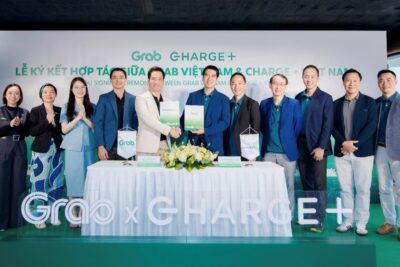Hofer Powertrain registers MW truck charging patent
Hofer Powertrain has applied for a patent for a new megawatt charging concept for electric trucks. The so-called “multi-sector overhead line” relies on short sections of overhead wires installed on motorways.
In contrast to conventional, continuous overhead line concepts, Hofer prefers several short sections that should be able to deliver “up to 3,000 A or 3.75 MW,” according to the latest calculations of the battery team. Away from these overhead lines, the e-trucks are to run on battery power in this concept. The charging times for commercial vehicles and trucks on motorways could be reduced by up to 90 percent with this technology “according to current estimates”, Hofer informs.
The development and technology specialist from Nürtingen comments on the technical structure of the charging solution as follows: “The overhead line charging is realised via external DC/DC chargers, which transfer the current directly to the vehicle while driving on the motorway. With the help of the over-the-air pre-announcement of the respective vehicle system, vehicles are optimally prepared for the charging process even before they reach the charging section. In this way, battery charging energy can be maximised in the corresponding overhead line section and the best possible utilisation of the overhead line can be realised.”
According to Hofer, the overhead line voltage depends on the charge level of the truck battery, also abbreviated to SoC. It can vary between 600 and 1,250 volts, he said. At a current of 3,000 amps, the charging power can thus culminate in the 3.75 MW mentioned above. According to the developer, the length of the overhead line should depend on the energy required per vehicle and the general number of vehicles. In principle, several vehicles can be charged at the same time on the overhead line sections.
According to Hofer, the concept also offers a second charging option with a standardised CCS or MCS charging plug system. “We challenge the status quo by rethinking concepts to achieve greater economic efficiency, innovation, value, and sustainability,” emphasises Gerold Sluka, Hofer’s head of development for high-voltage battery systems, before adding that the company’s resources and energy focus on technologies with a real future, where every evaluation and decision is based on strong test results, multi-stage simulations, and valuable experiences from real customer projects. The company sees the technology as contributing to a “cost-efficiency increase in electromobility” with additional high potential for autonomous vehicle applications.
Hofer has been involved with fast-charging scenarios for some time. For example, the Nürtingen-based company was part of the consortium of the recently completed D-SEe research project, in the course of which a fast-charging station with 450 kW charging power and a prototype vehicle suitable for reproducibility were developed. Together with the University of Bochum, Hofer created a suitable battery type with an “optimal power-to-energy ratio” and “efficient compromise between heat generation, service life and range” in this project.
All the companies involved, including Hofer, benefit from the research and development work carried out as part of the project. “The development of new test procedures, high-end charging electronics and a new communication module, in addition to a real 410 km range (WLTP: 564 km) at 88+ kWh and 15 minutes charging time, are definitely interesting project results that will influence the development of e-mobility,” the partners stated on record almost a fortnight ago.
theevreport.com, pressebox.de (press release in German)





0 Comments